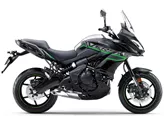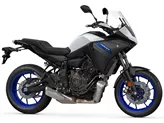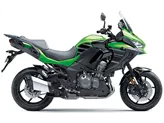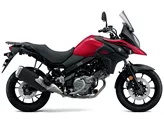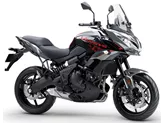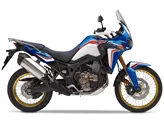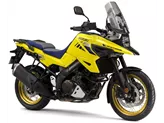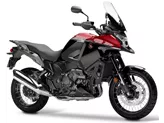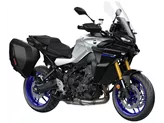Kawasaki Versys 650 2022 vs. Kawasaki Versys 1000 2016

Kawasaki Versys 650 2022
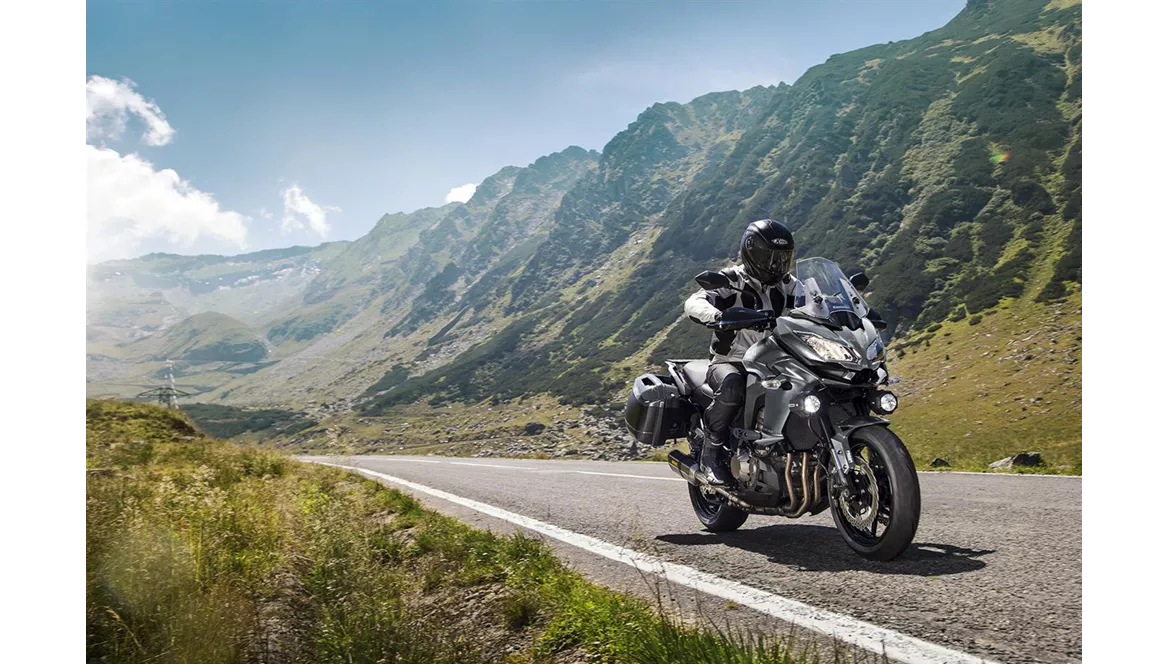
Kawasaki Versys 1000 2016
Overview - Kawasaki Versys 650 2022 vs Kawasaki Versys 1000 2016
When comparing the Kawasaki Versys 650 2022 and the Kawasaki Versys 1000 2016, there are several notable differences in terms of their technical specifications and strengths.
Starting with the engine, the Versys 650 2022 is equipped with a 649cc inline twin-cylinder engine, producing 67 horsepower and 61 Nm of torque. On the other hand, the Versys 1000 2016 features a larger 1043cc inline four-cylinder engine, delivering a more powerful 120 horsepower and 102 Nm of torque. This makes the Versys 1000 2016 more suitable for riders looking for a sportier and more powerful performance.
In terms of suspension, both motorcycles are equipped with upside-down telescopic forks at the front. However, the Versys 1000 2016 offers more adjustability with compression, preload, and rebound adjustments, allowing riders to fine-tune their suspension settings for a personalized riding experience.
The chassis construction also differs between the two models. The Versys 650 2022 features a steel frame, while the Versys 1000 2016 utilizes an aluminum frame. This variation in frame material can affect the overall weight and handling characteristics of the motorcycles.

Kawasaki Versys 650 2022
When it comes to braking, both models are equipped with double disc brakes at the front. The Versys 1000 2016 boasts a well-controlled braking system, providing riders with confidence and stability during braking maneuvers.
In terms of dimensions and weights, the Versys 650 2022 has a wheelbase of 1415mm and a seat height of 845mm, while the Versys 1000 2016 has a longer wheelbase of 1520mm and a slightly lower seat height of 840mm. Additionally, the Versys 1000 2016 is heavier with a kerb weight of 250kg compared to the Versys 650 2022's 219kg.
Both motorcycles offer a fuel tank capacity of 21 liters, providing ample range for long journeys. However, the Versys 650 2022 boasts a lower fuel consumption, resulting in a higher range compared to the Versys 1000 2016.
In terms of strengths, the Versys 650 2022 is praised for its agile handling, adjustable chassis, accessible engine, and comfortable seating position. It is also considered suitable for long journeys due to its low consumption and high range.
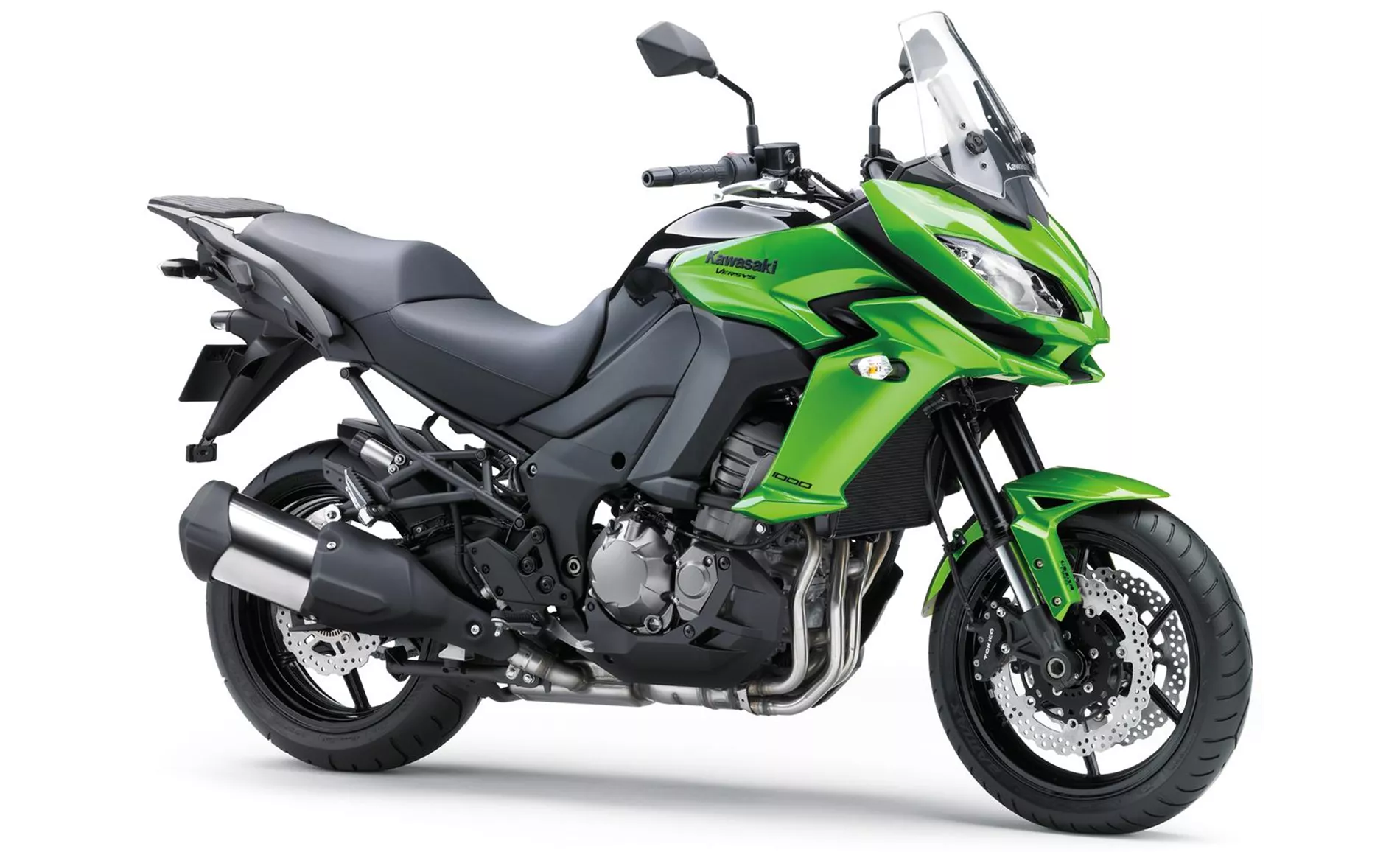
Kawasaki Versys 1000 2016
On the other hand, the Versys 1000 2016 is appreciated for its sporty look, comfortable seating position, powerful inline four-cylinder engine, and stable chassis. It also offers a well-controlled braking system and a clever range of accessories. Additionally, the Versys 1000 2016 is comparatively priced lower than its counterpart.
However, both models have their weaknesses. The Versys 650 2022's engine may struggle with the weight of the motorcycle, and its windshield can only be adjusted with two hands. It also lacks cruise control, which may be a drawback for riders looking for long-distance touring capabilities.
Similarly, the Versys 1000 2016's windshield can only be adjusted when stationary, and the gear indicator comes at an additional cost, which may be seen as a disadvantage for some riders.
In conclusion, the Kawasaki Versys 650 2022 and the Kawasaki Versys 1000 2016 offer different strengths and weaknesses. The Versys 650 2022 excels in its agility, adjustable chassis, and fuel efficiency, while the Versys 1000 2016 stands out with its sporty performance, comfortable seating position, and lower price. Riders should consider their specific needs and preferences to determine which model suits them best.
Technical Specifications Kawasaki Versys 650 2022 compared to Kawasaki Versys 1000 2016
Pros and Cons in comparison
Pros and Cons in comparison
Kawasaki Versys 650 2022
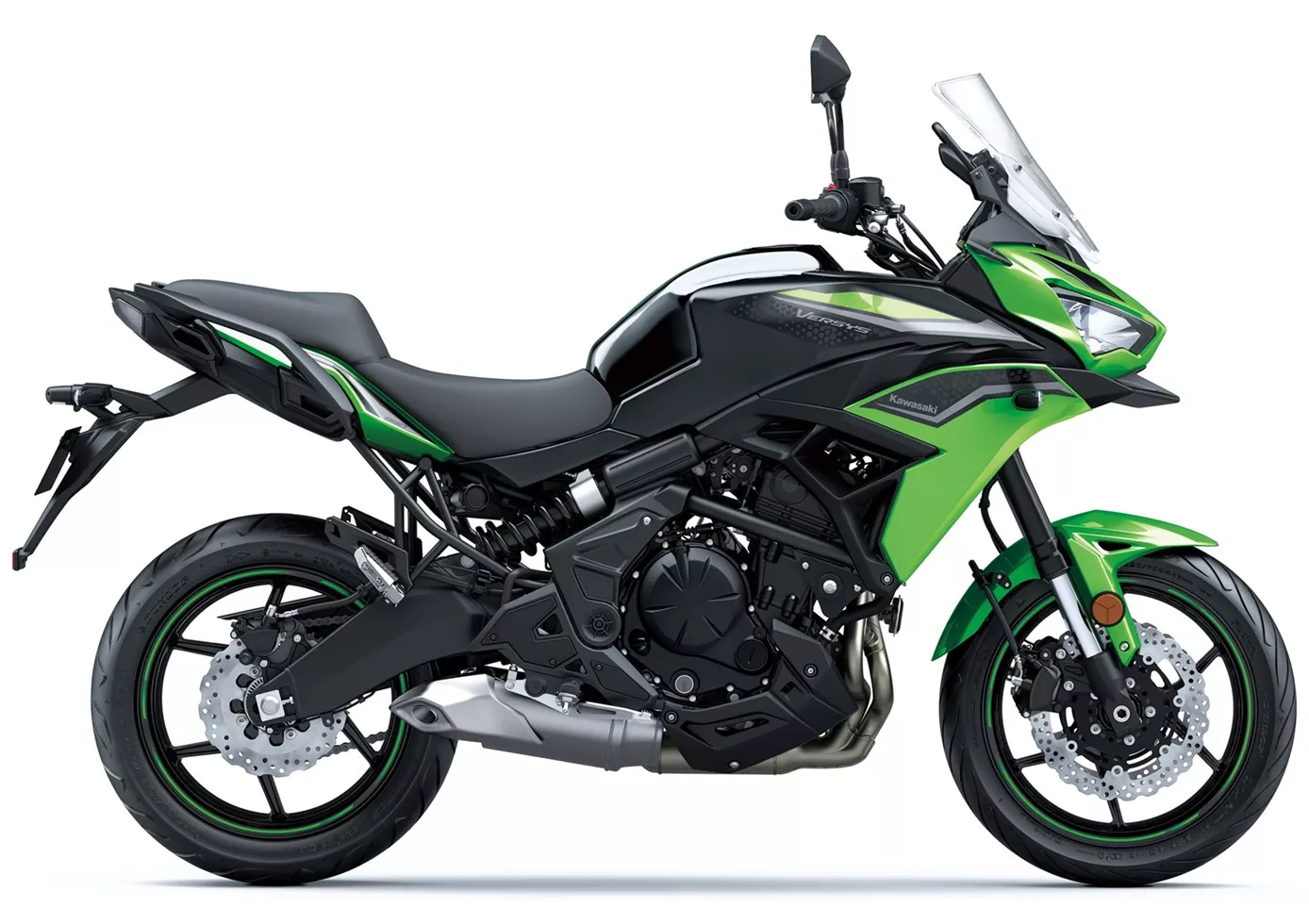
Relaxed touring with plenty of comfort and enough potential for cornering fun - the Versys 650 is and remains a good choice among mid-range sport tourers. Although you will reach the top of the pass faster on the competition, you will enjoy getting back on the Kawa every time, which welcomes the rider with a high level of comfort and extensive equipment. If you enjoy touring and can get by with a little less power, the Versys 650 is a good choice!
Kawasaki Versys 1000 2016
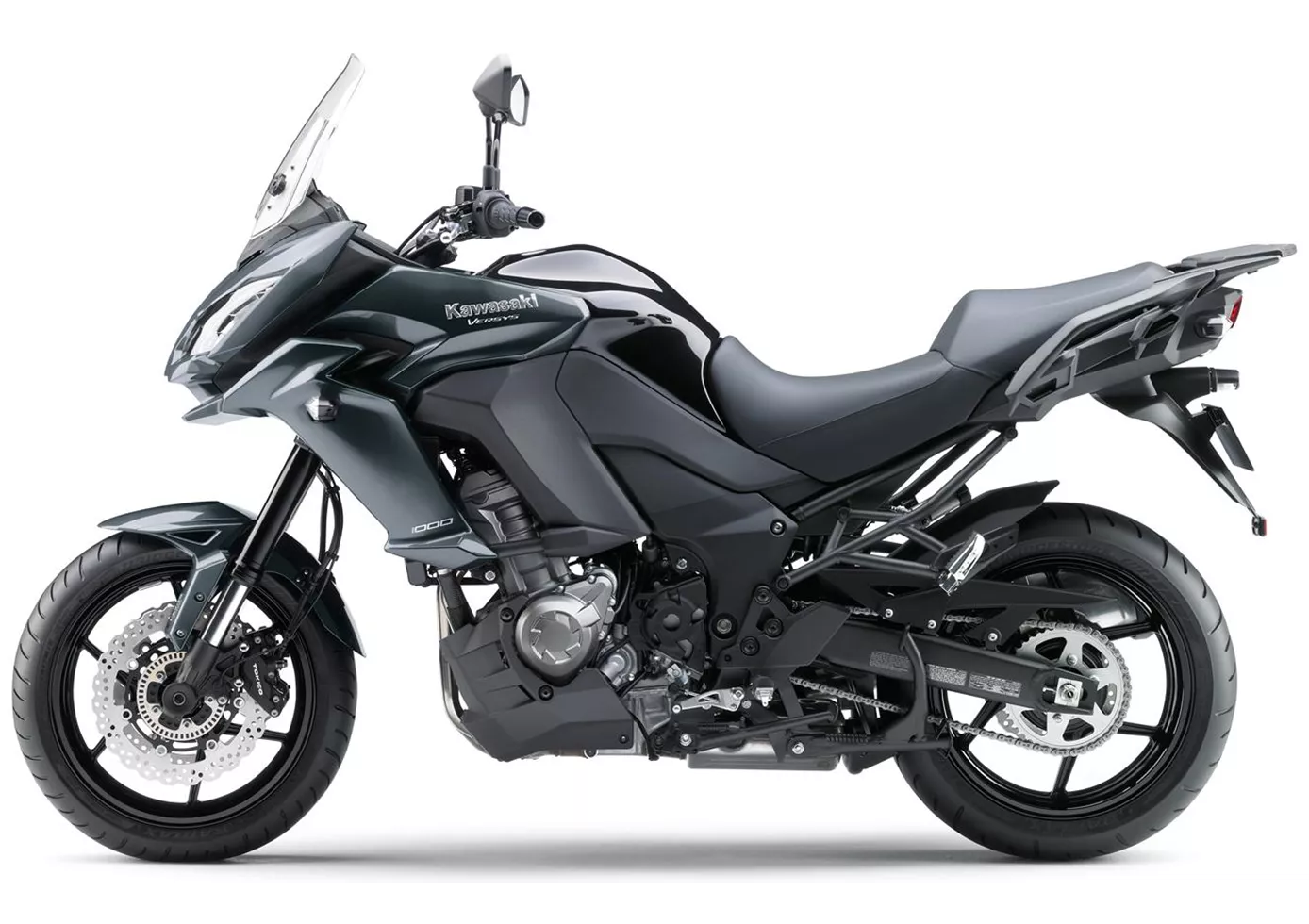
The Kawasaki Versys 1000 is not a completely new model - even if it looks like one from the design point of view. The look has been cleverly adapted to the current aggressive Kawasaki line with two pointed headlights and many edges at the front. Technically, on the other hand, it has been cautiously upgraded - but quite sensibly. Two additional horsepower boost the output to 120 hp, which is excellent to ride thanks to the wonderful in-line four-cylinder characteristics. The chassis corresponds to the sporty demands of a Kawasaki, but the ergonomics and comfortable seating position allow for long journeys - just like a big enduro. With useful accessories such as a pannier set, top case, heated grips and additional headlights, the Versys 1000 becomes a serious long-distance tourer - the comparatively low base price makes these gimmicks quite affordable.
Price Comparison Avarage Market Price Kawasaki Versys 650 vs Kawasaki Versys 1000
There are a few key differences between a Kawasaki Versys 650 2022 and a Kawasaki Versys 1000 2016. In terms of price, the actual average price of a Kawasaki Versys 1000 2016 is about 18% higher. Compared to Kawasaki Versys 1000 2016 there are more Kawasaki Versys 650 2022 bikes available on the 1000PS.de Marketplace, specifically 22 compared to 7. It takes less time to sell a Kawasaki Versys 1000 with 88 days compared to 178 days for the Kawasaki Versys 650. Since model year 2007 1000PS.de editors have written 39 reviews for the Kawasaki Versys 650 and 19 reviews for the Kawasaki Versys 1000 since model year 2012. The first review for the Kawasaki Versys 650 was published on 25/07/2006 and now has more than 3,900 views. This compares to more than 8,400 views for the first review on Kawasaki Versys 1000 published on 07/11/2011.


